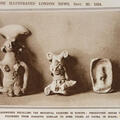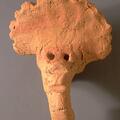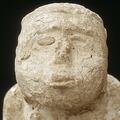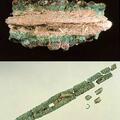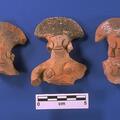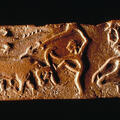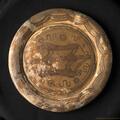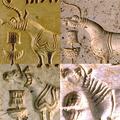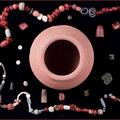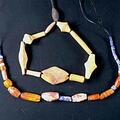The First Indus Women, 1924
The first Indus women surfaced in the Illustrated London News on September 20, 1924. John Marshall was announcing the discovery of a civilization in India far earlier than Western archaeologists had surmised and these Harappan figurines were earlier than any others. Similar figurines from more recent discoveries at Harappa are also shown below, with captions. These are typical of female figurines from Harappa and Mohenjo-daro. Why do you think there might be so many more female than male figurines?
See also Embodying Indus Life: Terra Cotta Figurines of Harappa.

